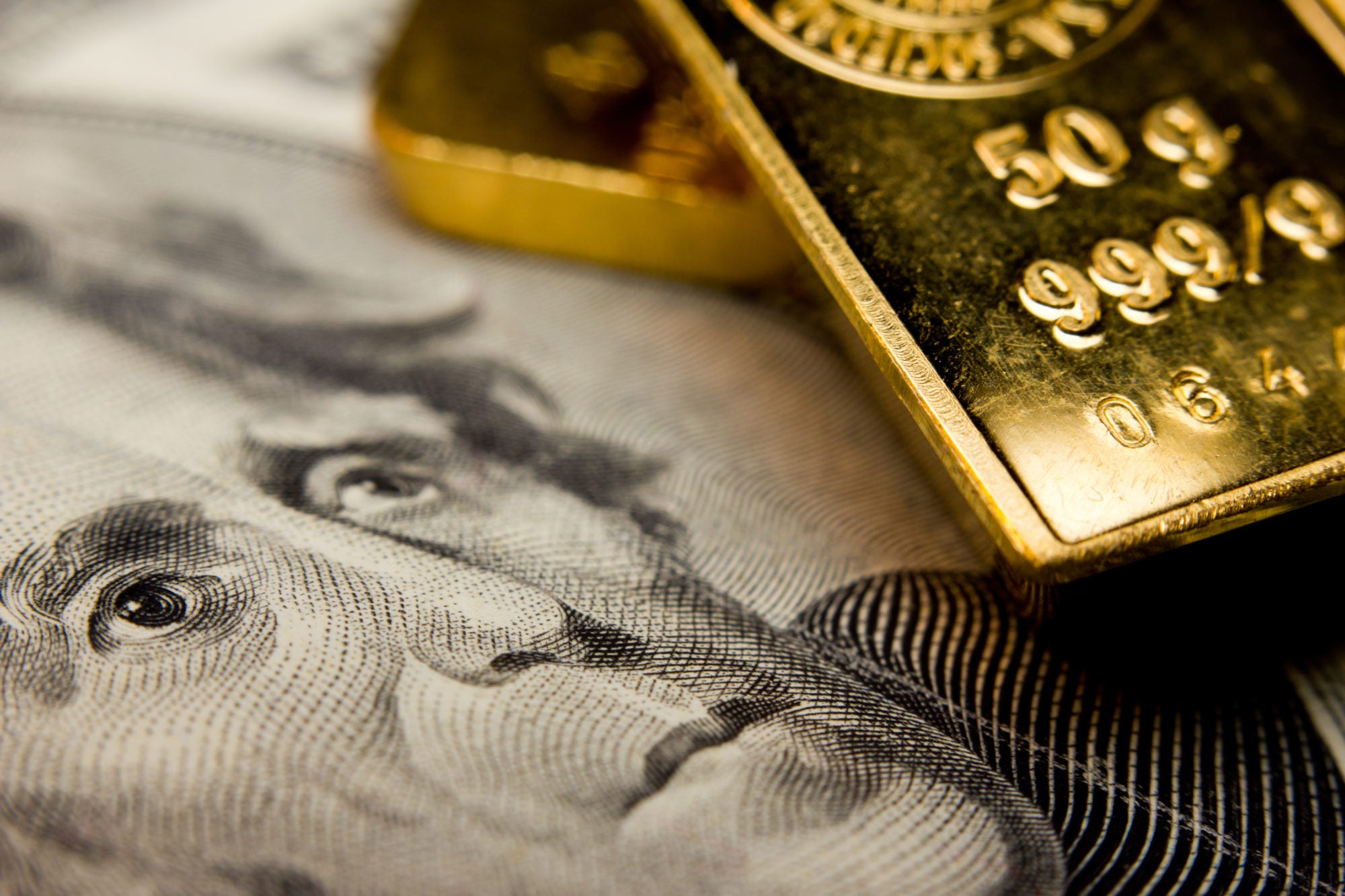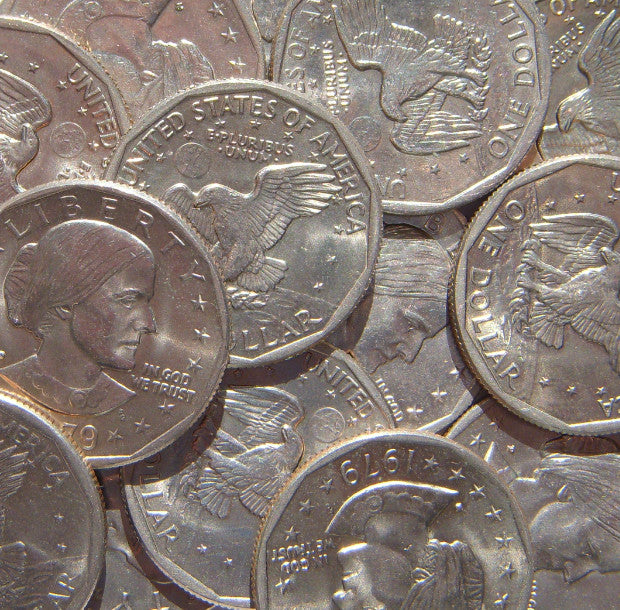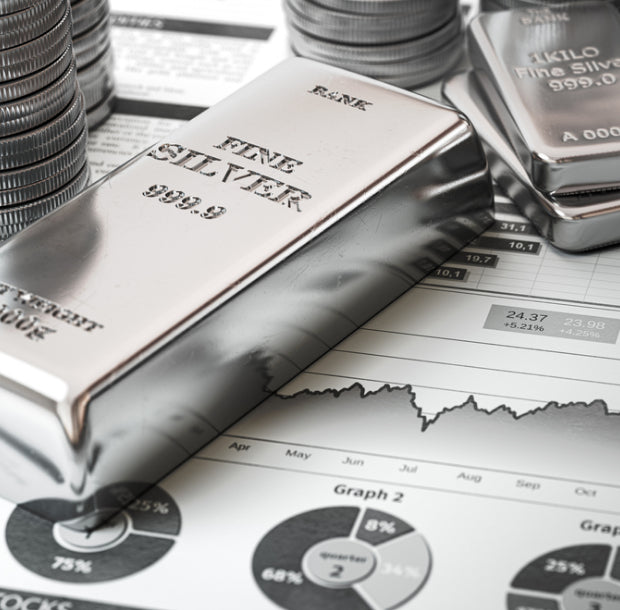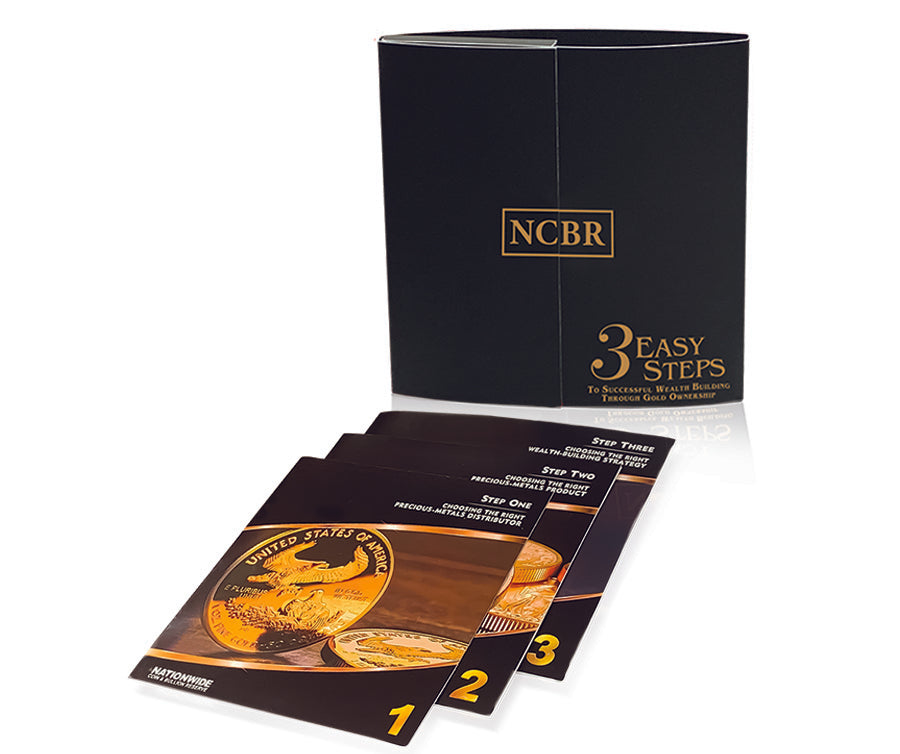The global financial market may not be operating under the gold standard anymore, but that doesn’t mean that gold isn’t still as relevant and valuable as ever. As Investopedia puts its, many people fail to realize that “gold, under the current free market system, is a currency.” After all, it is highly liquid and can quite easily be exchanged for money in essentially any currency. But why is gold used as a currency? The story begins with gold’s special properties as recognized by early civilizations.
THE SCIENCE OF IT
At first glance, gold doesn’t seem like the only choice to become the standard for money. Copper might have worked, or cobalt, nickel, zinc. Why gold? Let’s hear from the chairman of the chemical engineering department at Columbia University Sanat Kumar: “An element must meet four qualities to stand alone as a premium currency.”
- It can’t be a gas.
- It can’t be corrosive or reactive.
- It can’t be radioactive.
- It has to be rare enough to be valuable, but not so rare that no one can ever find it.
That leaves five elements to work with: rhodium, palladium, platinum, silver, and gold. Silver has been used for currency (and also makes a good investment), but it tarnishes easily, which doesn’t make it ideal. Rhodium and palladium were not discovered until later (the 1800s), so technically they weren’t even options. Platinum could work, if not for the fact that it has a super high melting point, so early civilizations wouldn’t have been able to shape it into consistent units.
Why is gold used as currency? There’s your answer: it was the only element that early civilizations could utilize that was both safe and malleable, yet rare enough to have value.
GOLD THROUGHOUT THE AGES
The history of gold is a long and colorful one. Ancient civilizations primarily used gold at sites of worship, for sacred religious and spiritual purposes. It wasn’t until approximately 700 B.C. that gold was first produced into coins, which allowed it to function more easily as money. Prior to the introduction of coins, gold had to be weighed and its purity verified.
Coins were not without their problems, though. Those looking to cut corners and earn a little extra for nothing would often clip coins that weren’t quite perfect. Eventually, they would accrue enough little bits of gold that it could all be melted down into pure bullion. In England, the Great Recoinage of 1696 put a stop to this by implementing a technology that mechanized the coin production process.
In the 15th century, Spain introduced the Americas to Western Europe, and the world was never the same. Here was this massive expanse of land, with great, hidden stores of gold on seemingly uninhabited land – this, of course, was not true, but that’s how the explorers and settlers felt about it. Spain increased Europe’s gold supply by nearly five times the previous amount, simply thanks to the discovery of America.
The next century would bring about the existence of paper money. Gold coins and bullion continued to prevail within Europe’s monetary system for two more centuries. When paper money hit the scene in the 18th century is when things really started to heat up. The battle between gold and paper money ultimately brought about the gold standard!
In Part Two of this series, we’ll delve more deeply into the gold standard: what it was, how it impacted the global economy, and more. So why is gold used as a currency? To sum up, its elemental stability and scarcity combined with its visually gorgeous hue have caused it to mesmerize us like few other things in the history of humanity. You can learn more about how gold has captivated mankind in our Resource Center. If you find that gold has started to enthrall you, browse our variety of gold options to boost your portfolio today!
Real Time Precious Metals Data Below







